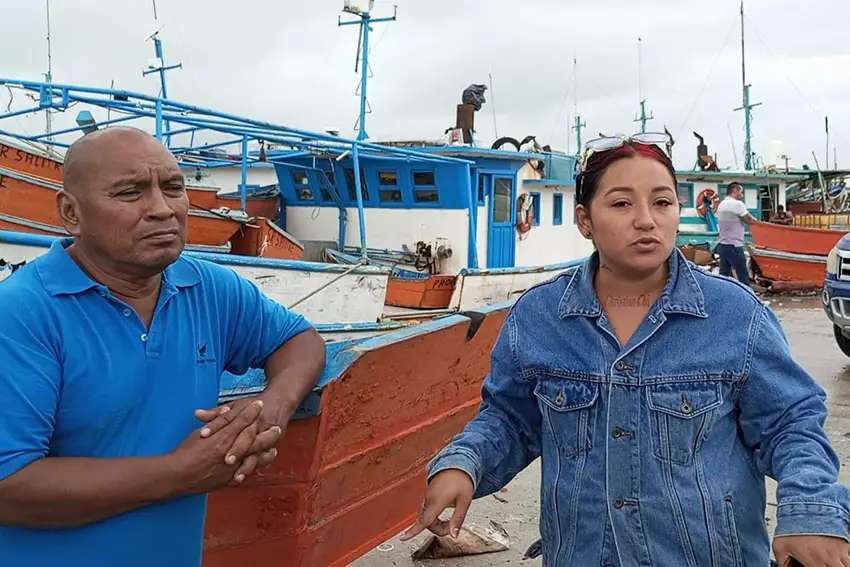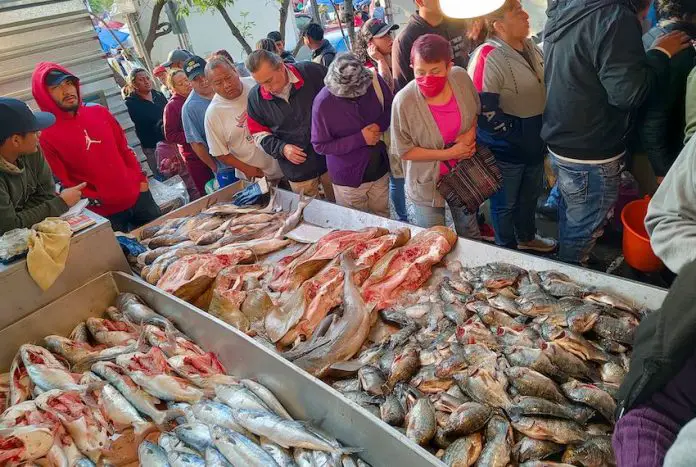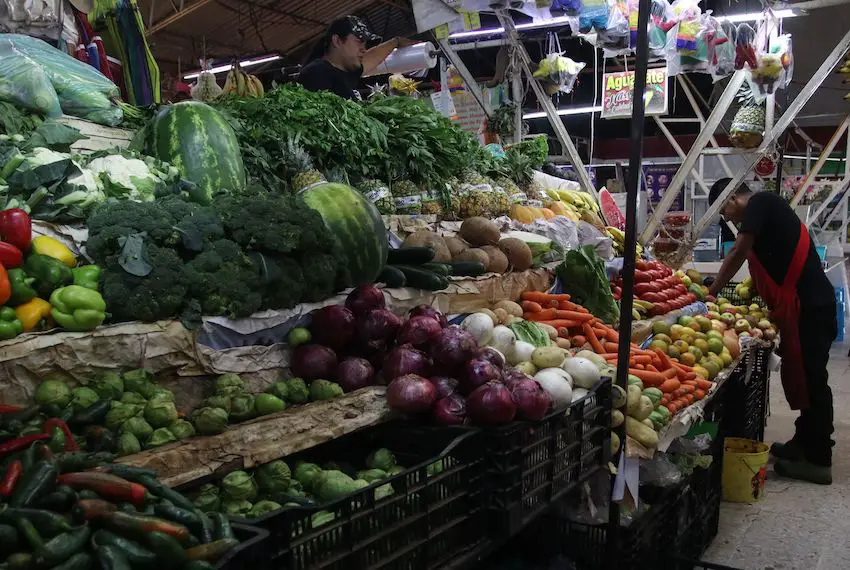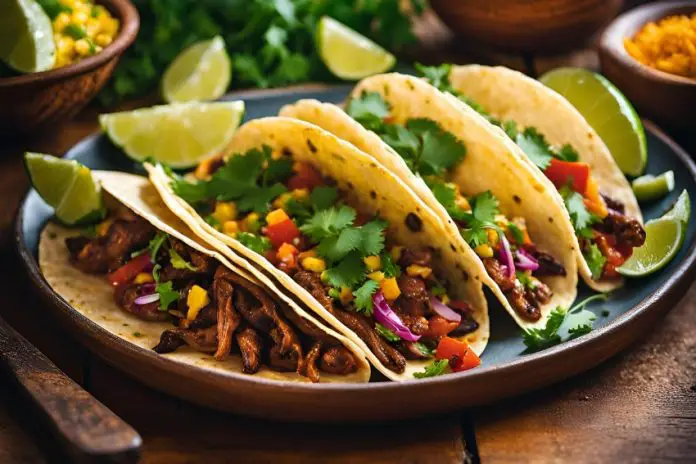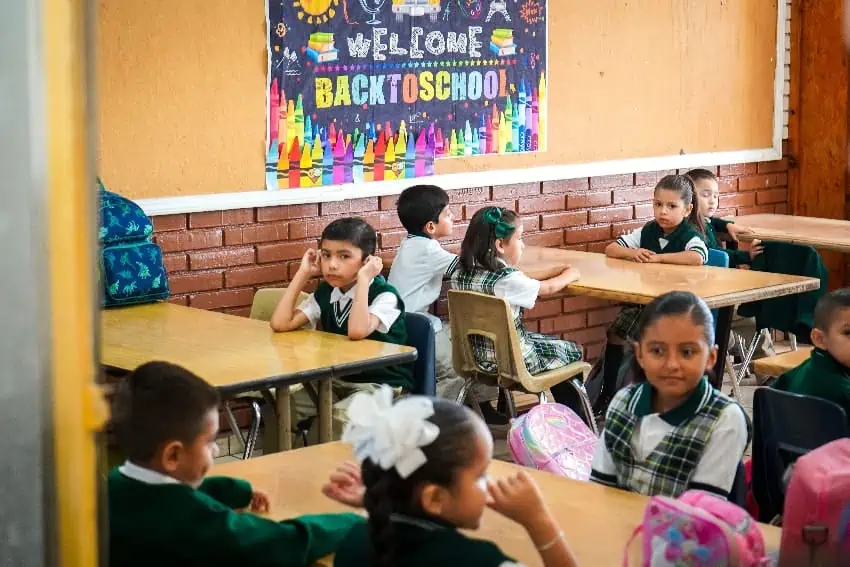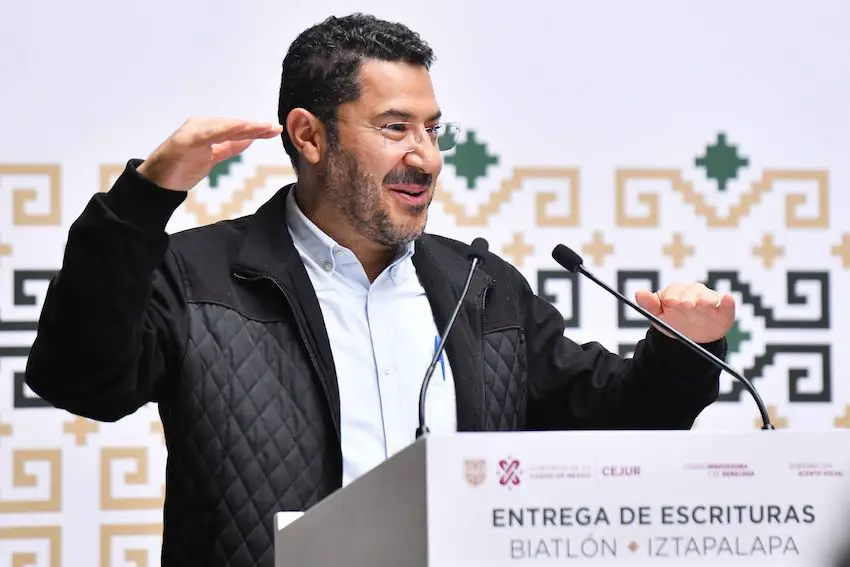There is no shortage of issues for new Mexican leader President Claudia Sheinbaum to attend to: security, water and the economy, to name but a few. But a group of United States lawmakers contends that yet another pressing issue for Mexico’s 66th president is the “national security risks” associated with the capacity of Chinese “connected” vehicles to collect sensitive data.
In a letter dated Sept. 30, the day before Sheinbaum was sworn in as Mexico’s first female president, 21 Democratic Party representatives and senators wrote to the 62-year-old former Mexico City mayor to request that her government take steps to address challenges related to the sale and manufacture in Mexico of vehicles made by Chinese companies and those firms’ potential plans to use Mexico as a base to enter the U.S. market.

“As you prepare to take office, we ask that you quickly turn your attention to a new and growing issue: the national security risks to both our nations from the widespread presence of ‘connected’ vehicles built by companies with deep ties to the Chinese Communist Party [CCP],” said the letter, signed by lawmakers including Representative Elissa Slotkin and Senator Sherrod Brown.
The lawmakers said that “today’s vehicles — including those made by Chinese companies — are equipped with sophisticated sensors, powerful computers, and networking capabilities that allow these connected vehicles to gather, store and transmit large amounts of data about their occupants and their surroundings.”
“This includes 3D mapping, live-action video, and geolocation of individuals,” they added.
According to Reuters, the U.S. is concerned that China, “a strategic and economic rival as well as trading partner, could use data collected by connected vehicles for surveillance or, in extreme circumstances, remotely control them through the internet and navigation systems.”
The lawmakers noted that “Chinese automakers have made significant inroads in the Mexican market, more than tripling their share of Mexico’s market since the start of this decade,” and asserted that “the data from that fleet of vehicles [is] accessible to the Chinese Communist Party.”
“This growth has rightly raised significant concerns with us in Congress, and we believe that these Chinese companies, which receive huge state subsidies, are now seeking to use Mexico as a base to enter the U.S. market,” the representatives and senators said.
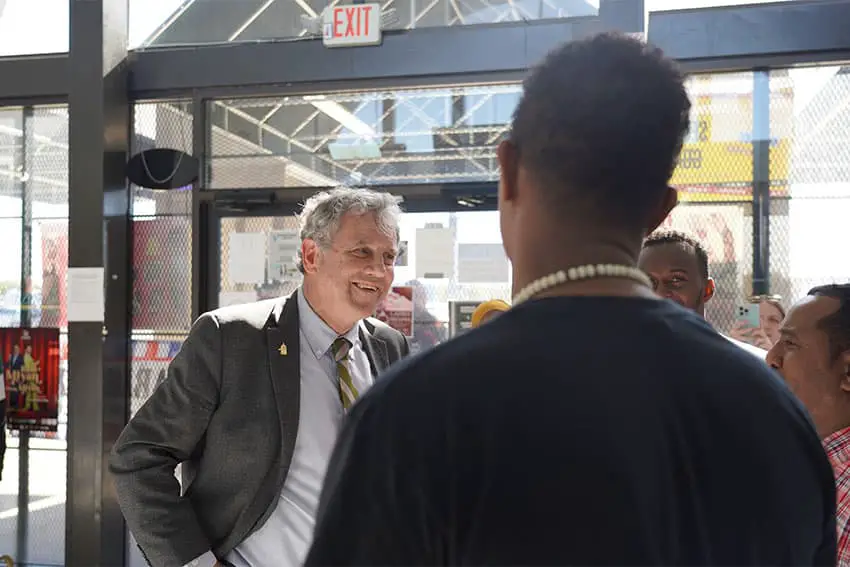
Among the other remarks included in the letter were that:
- “China itself recognizes the sensitive capabilities of connected vehicles and has taken actions to restrict the operation of foreign vehicles in China accordingly.”
- The United States has imposed “targeted new tariffs on Chinese goods, including vehicles, because of … [China’s] unfair trade practices.”
- “The fact that Chinese companies, including automaker BYD, have announced plans for assembly plants in Mexico raises the potential for Chinese companies to attempt to circumvent these tariffs with production in Mexico.”
- U.S. officials “are well aware of this potential and made clear that using Mexico in an effort to avoid U.S. tariffs could bring additional action by the United States.”
BYD, it should be noted, has said that the cars it intends to make in Mexico will be sold here and not exported to the United States or anywhere else.
“Our plan is to build the facility for the Mexican market, not for the export market,” BYD Americas CEO Stella Li said in February.
Many politicians in the United States are not convinced that BYD and other Chinese automakers that have announced plans to open plants in Mexico won’t attempt to sell their vehicles in the lucrative U.S. market.
The Republican Party’s presidential nominee, Donald Trump, said Sunday that an administration he leads could impose 200% tariffs on vehicles made in Mexico, and not just those manufactured by Chinese companies. Such a move would violate the terms of the USMCA, the North American free trade pact that superseded NAFTA in 2020.
When asked in May why the United States government wasn’t preemptively announcing tariffs aimed at vehicles made by Chinese companies in Mexico, U.S. Trade Representative Katherine Tai said that measures aimed at such vehicles would “require a separate pathway.”
What exactly do the Democrat lawmakers want from the Sheinbaum administration?
Despite tariffs, “executive orders to counter national security threats” and “new legislative proposals” aimed at Chinese vehicles — including a proposal by U.S. President Joe Biden to ban Chinese software and hardware in connected vehicles on American roads — the U.S. lawmakers said that they remained “concerned that Chinese companies will seek to use production in Mexico in an effort to bypass these measures.”
The Democrats consequently asked Sheinbaum to take a number of steps to address the “challenges” posed by the presence of Chinese vehicles and automakers in Mexico.
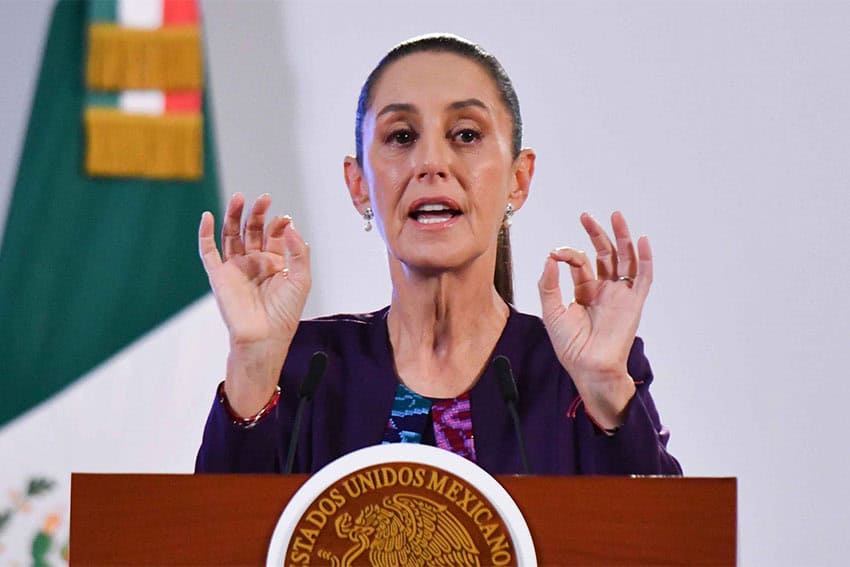
- They asked Sheinbaum to “formalize” the policy of the government of Andrés Manuel López Obrador, “outlined in media reports, of refusing to grant federal economic development incentives — such as tax incentives and reduced utility and land costs — to firms with ties to the Chinese Communist Party.”
- The lawmakers also asked her to “urge Mexican states to follow suit.”
- They requested that the new Mexican government establish “a national security review process to address risks posed by the manufacture or sale of vehicles built by Chinese firms to Mexico’s people, your national security, and the regional security of North American and Organization of American States nations.”
- They asked Sheinbaum to send a delegation to meet with U.S. officials “by early 2025 to discuss how our nations can work together to address these risks.”
The letter concluded by emphasizing the importance of “a shared approach to Chinese vehicles and control of data collected therein.”
“This new challenge is complex and difficult, and is best met by working collaboratively,” the lawmakers said.
For its part, China, in late September, “urged the United States … to stop ‘unreasonable suppression’ of its companies, in response to U.S. proposals to ban Chinese software and hardware in vehicles on its roads due to national security concerns,” Reuters reported.
“The U.S. move has no factual basis, violates the principles of market economy and fair competition and is [adopting] a typical protectionist approach,” said a spokesperson for China’s Ministry of Commerce.
Sheinbaum: Mexico has a relationship with China, but Mexico and the US are ‘inseparable’
During the campaign period leading up to the presidential election in June, Sheinbaum was asked in an interview to choose between the United States and China from a trade viewpoint.
In response, Sheinbaum said that Mexico has an “inseparable” relationship with its northern neighbor.
Mexico and the U.S. — each other’s largest trade partner — are “economically integrated,” whereas “there is no free trade agreement with China,” Sheinbaum said
“… The relationship with China exists, and it has to continue existing, but the agreement with the U.S. has to be maintained and strengthened as well,” Sheinbaum said of the USMCA free trade pact, those third member is Canada.
With reports from Reuters





